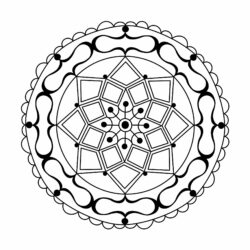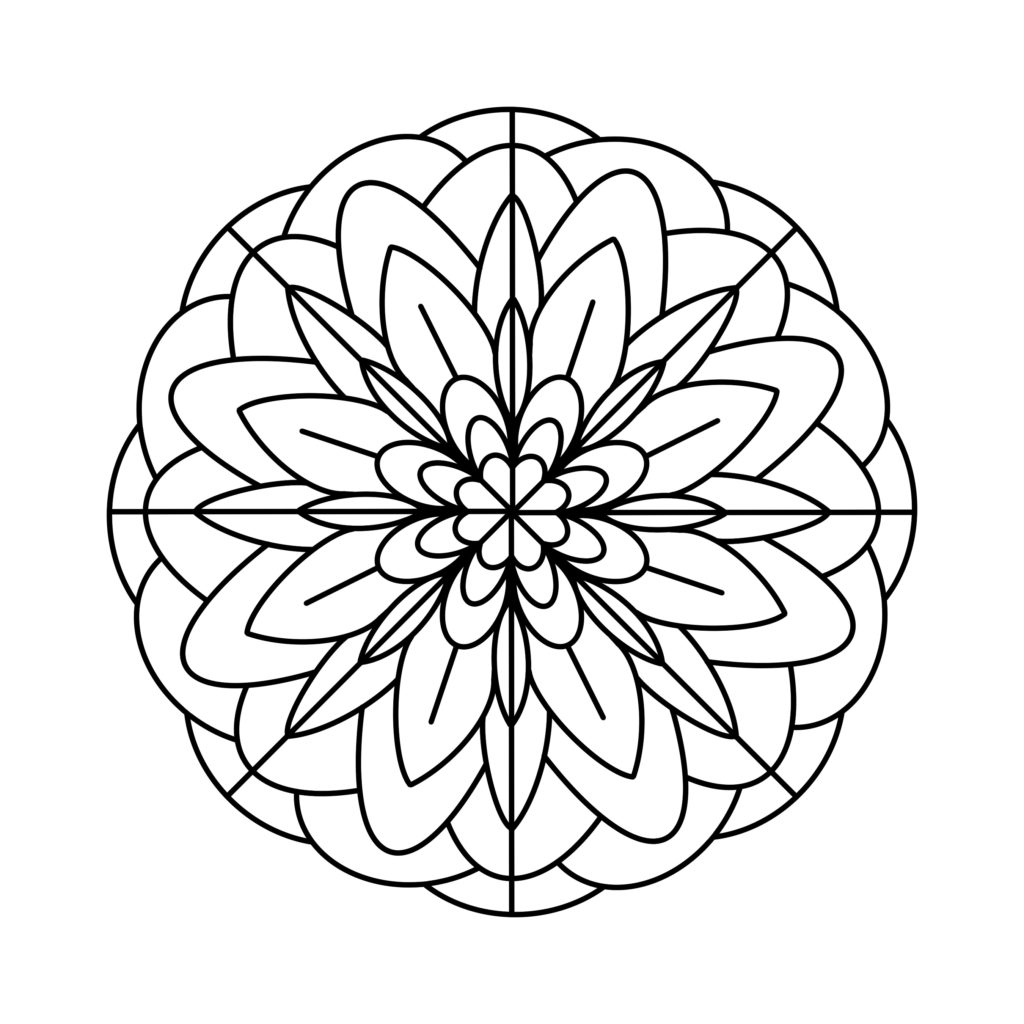Neuroaesthetics is a field of research that explores the neural basis for the appreciation of beauty and art. It combines principles from neuroscience, psychology, and aesthetics to understand how and why humans perceive beauty, creativity, and art. The goal is to understand how the brain responds to artistic stimuli and what neural processes are involved in the perception, creation, and appreciation of art and beauty.
Key Concepts in Neuroaesthetics
— Perception of Beauty: Researchers study how different brain regions are activated when individuals view aesthetically pleasing images or objects. Functional magnetic resonance imaging (fMRI) and other neuroimaging techniques are commonly used to identify these regions.
— Emotional Response: The emotional component of aesthetic experiences is a major focus. Studies often explore how art and beauty evoke emotions and how these emotional responses are processed in the brain.
— Creativity and Art Making: This area looks at the neural underpinnings of creative processes, examining how the brain generates and evaluates artistic ideas and how different types of creativity might be represented in neural activity.
— Cultural and Individual Differences: Neuroaesthetics also considers how cultural background and individual experiences influence aesthetic preferences and neural responses to art.
— Cognitive Processes: Attention, memory, and decision-making processes are also studied to understand how they contribute to the experience of art and beauty. This includes how we recognize and interpret artistic styles and how memory influences our aesthetic judgments.
“Curiosity, surprise, wonder — all attributes found in art for the maker or the beholder — these are really important for human development. Researchers are finding that we as humans are hard-wired for aesthetic experiences. The arts are not just fundamental aspects of our humanity, but also essential to our well-being.” – Susan Magsamen
Try This
As you go about your week, think about how you feel – emotionally and physically – when you are engaging in creative expression such as: dancing, singing, listening to music, making art, looking at art.
Write down your experience of:
- How different artwork makes you feel
- How different genres of music feel to you
- How dancing feels
- How singing feels
- How you feel when you are in your home in different rooms
- How could you adjust your own personal environment to feel even better.
References:
(Originally published on https://www.henryford.com/visitors/caregivers/care-connections)
Neuroaesthetics: How Art is Scientifically Proven to Help Brain Health https://www.artandobject.com/articles/neuroaesthetics-how-art-scientifically-proven-help-brain-health
Your Brain on Art: How the Arts Transform Us https://www.yourbrainonart.com/

